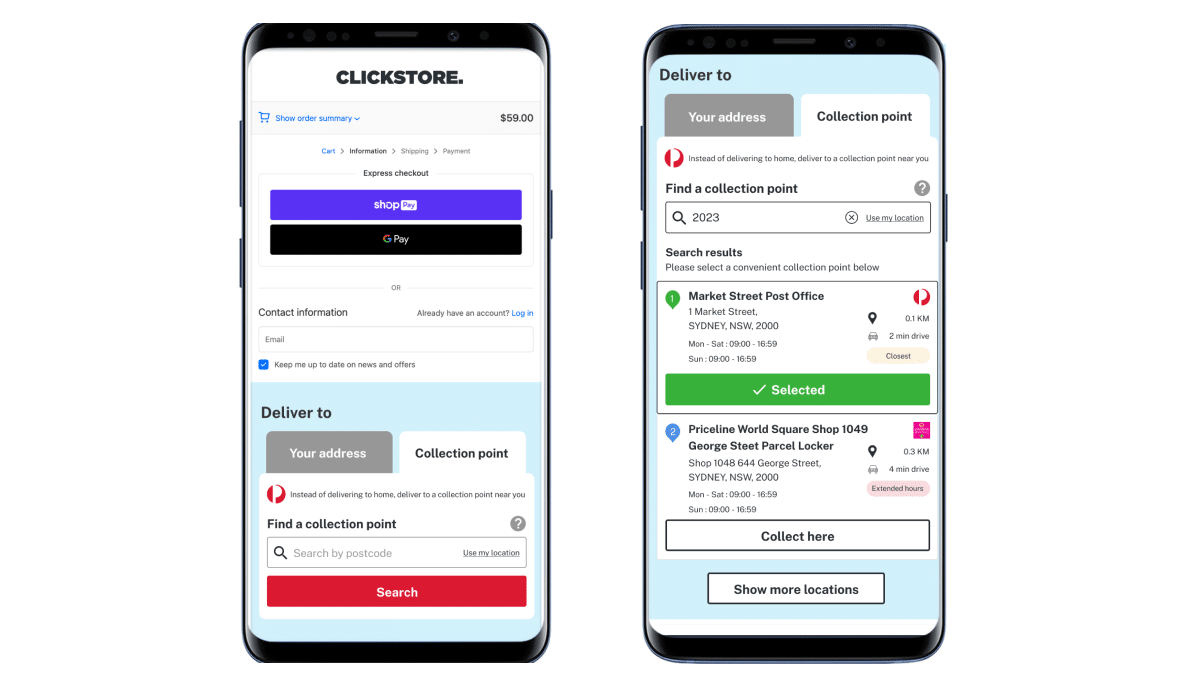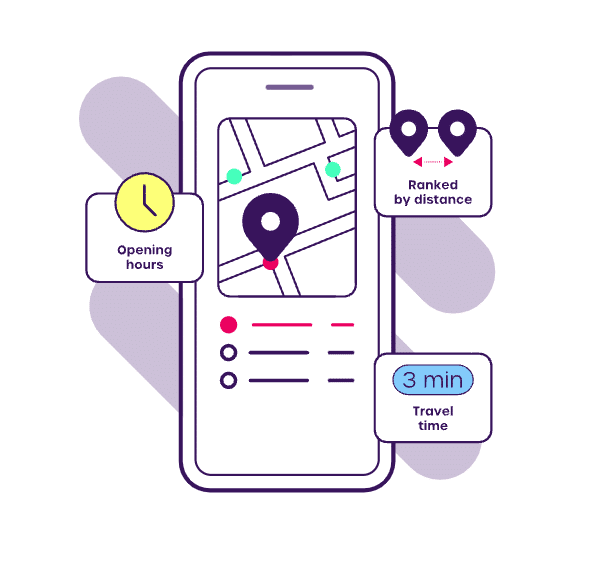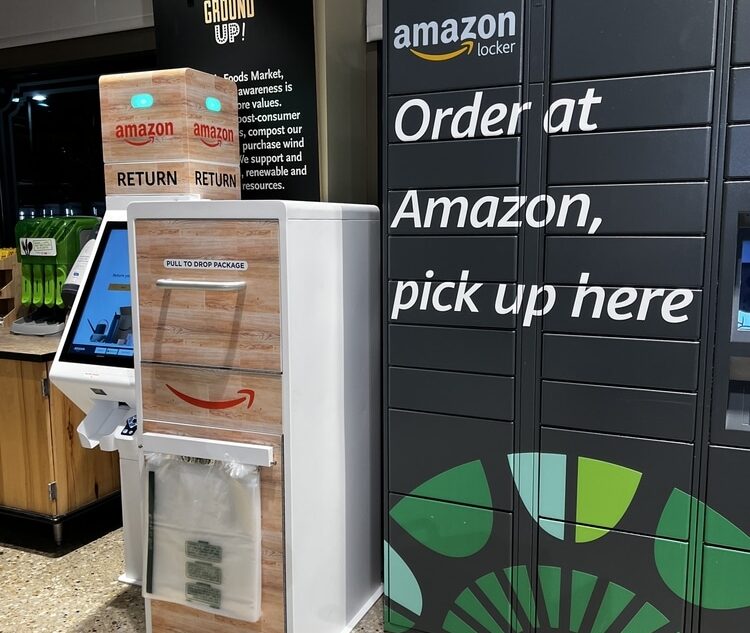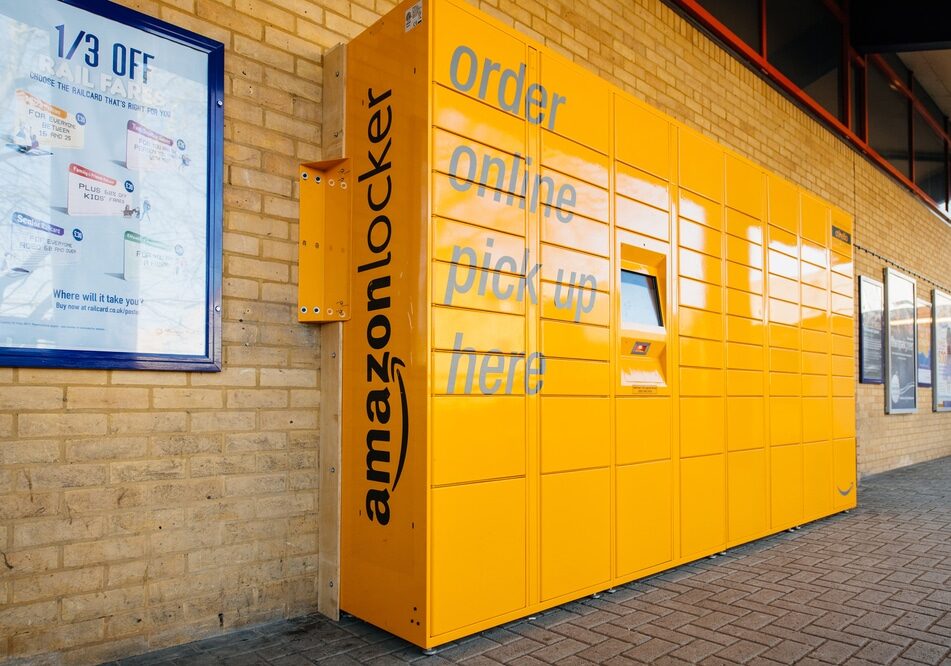Insight / Blog
How we design for consumer behaviour change

Summary: We build psychological insights into our product design processes - here's how it drives better outcomes for consumer, carrier and merchant.
Our products are shaped by the unique experience and insights we’ve gathered from our relationships with consumers, posts and carriers around the globe. As these relationships continue and grow, so do our products. In fact, our products constantly undergo real-world testing to help us innovate and provide the best solutions for carriers, retailers, and consumers.
A lot of this process happens behind closed doors. To give you an example of the way we use research and the process behind our product design, I’d like to show you how we redesigned the location finder component of our checkout integrations, and how our research helped us to change consumer behaviour at the checkout. As well as lifting the lid on behavioural change, I’ll also discuss how carriers can drive more volume to out-of-home (OOH) networks to reduce failed deliveries, increase efficiency and boost customer satisfaction.
Understanding consumer needs
To drive behaviour change, you need to know why the behaviour exists in the first place.
In the video, I showed Leila’s experience trying to buy a unicorn for her daughter’s birthday. Although her story was a fictional way to get inside a consumer’s mind, the events were based on real customer insights that we uncovered.
Consumers want their checkout experience to be fast and easy to use. That’s not a surprising headline. We see consumers using tools like autofill or payment systems like PayPal, Google Pay or Apple Wallet because their payment and address information is already pre-saved, helping speed up the checkout process. The only exception to this was when cost was involved, which caused consumers to pause in their rapid race to the finish line and seriously consider the options in front of them.
Consumers also want control and autonomy over the delivery choices and options when presented to them. But if home delivery was selected as a default, the majority continued with this option. Consumers will prioritise the easy action on checkout over a careful consideration of the impact of delivery and whether they will be in during the expected delivery window. Ultimately, this results in many failed delivery attempts and negative experiences.
Watch our FREE webinar on changing consumer behaviour
Driving consumer change to create better delivery experiences
Negative delivery experiences aren’t just bad for consumers; they can also have long-term detrimental effects on carriers. To avoid this, at a time when global parcel volumes are rising and home delivery demand is increasing, carriers must find ways to deliver more efficiently whilst still meeting consumer expectations.
Because it enables consolidation, increased consumer satisfaction, reduced emissions per delivery, and most importantly because they remove the possibility of a failed delivery, OOH deliveries help carriers to address these core challenges. However, most merchant checkouts are set up to prioritise speed and ease of use, which means setting home delivery as a default rather than highlighting alternative delivery options.
For OOH delivery to be effective, carriers must increase the percentage of consumers on checkouts who choose to have their parcel delivered out-of-home. But how do you change well-practiced consumer behaviours?
The Fogg behaviour change model explains that for a behavioural change to happen, motivation, ability and prompt need to happen at the same time. The more motivated a user is, and the easier a task is to do, the more likely they are to take the action.

Applying behavioural change to our checkout integrations
Applying our research and the psychological insights that consumers love checkouts that are fast and easy (but they also want to feel in control of their delivery) we altered the design of our checkout integration to make selecting out-of-home delivery options easier and faster, as well as giving consumers clearer control over their delivery.
On the checkout, we present out-of-home delivery as an option through the prominent ‘Collection Point’ tab on the delivery section. This design visually puts out-of-home delivery on parity with home delivery (one tab each), is eye-catching for the user and appeals to their sense of control by highlighting the fact that they have multiple delivery options. This tab is the prompt for them to make a behavioural change by selecting OOH delivery.
On the collection point tab, we list nearby collection options on a single page, automatically pre-selecting the one closest to the consumer – again, always aiming to make the experience quick and easy, in line with what consumers want. The preselect also maximises the “ability” aspect of the Fogg model, removing friction in making a choice, ensuring the behavioural change is more likely to happen.

In the list of locations, we also added key information such as distance, opening hours and a map identifier, to help consumers understand the available locations in relation to their address, and implicitly reminding them that they will be able to collect their parcel at any time within these opening hours.
That nudge helps to increase what the Fogg model calls “motivation”. In combination with the tweaks to make it easier to select out-of-home delivery, increasing consumers “ability” to make the change, this succeeded in moving more consumers above the “action line”, ultimately driving increased conversion to out-of-home delivery across our partner’s merchant customer base. That resulted in increased out-of-home delivery volume for our partner Australia Post, reducing their last-mile delivery costs and increasing efficiency.

Related articles
Lessons from a decade in the first and last mile
A decade as Doddle taught us some lessons - and Blue Yonder helps us see what will matter in the next decade.
Parcel lockers vs parcel kiosks: which is best for parcel drop-off?
We explore the benefits and drawbacks of parcel lockers and kiosks to help decide the best self-service solutions.
What do out-of-home networks look like in the UK?
We dive into the biggest logistics operators and their current OOH networks in the UK















